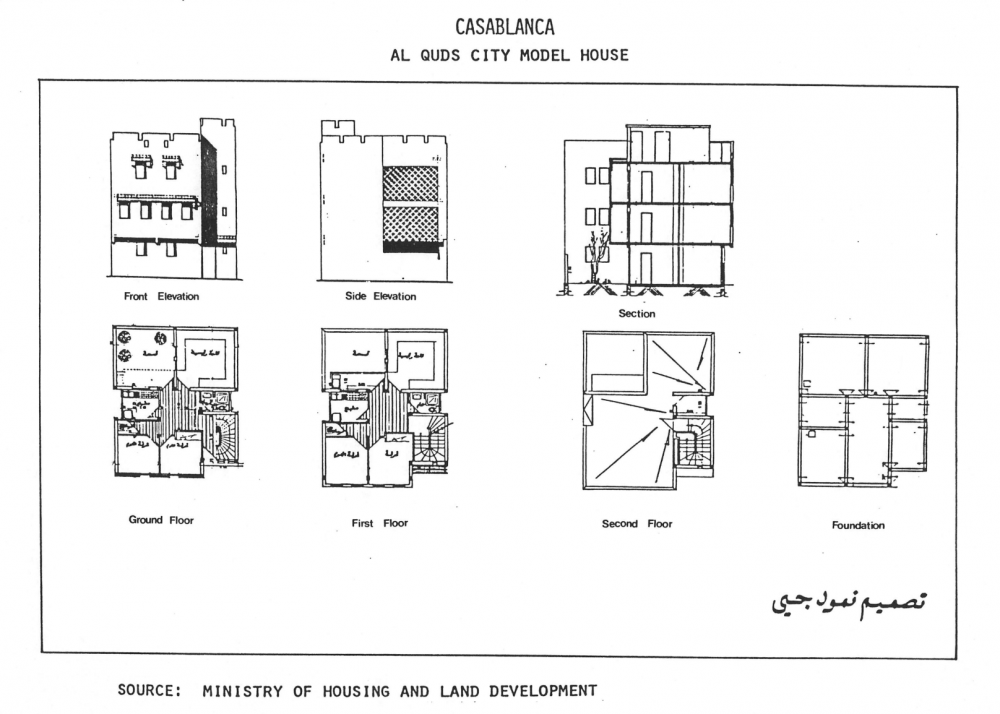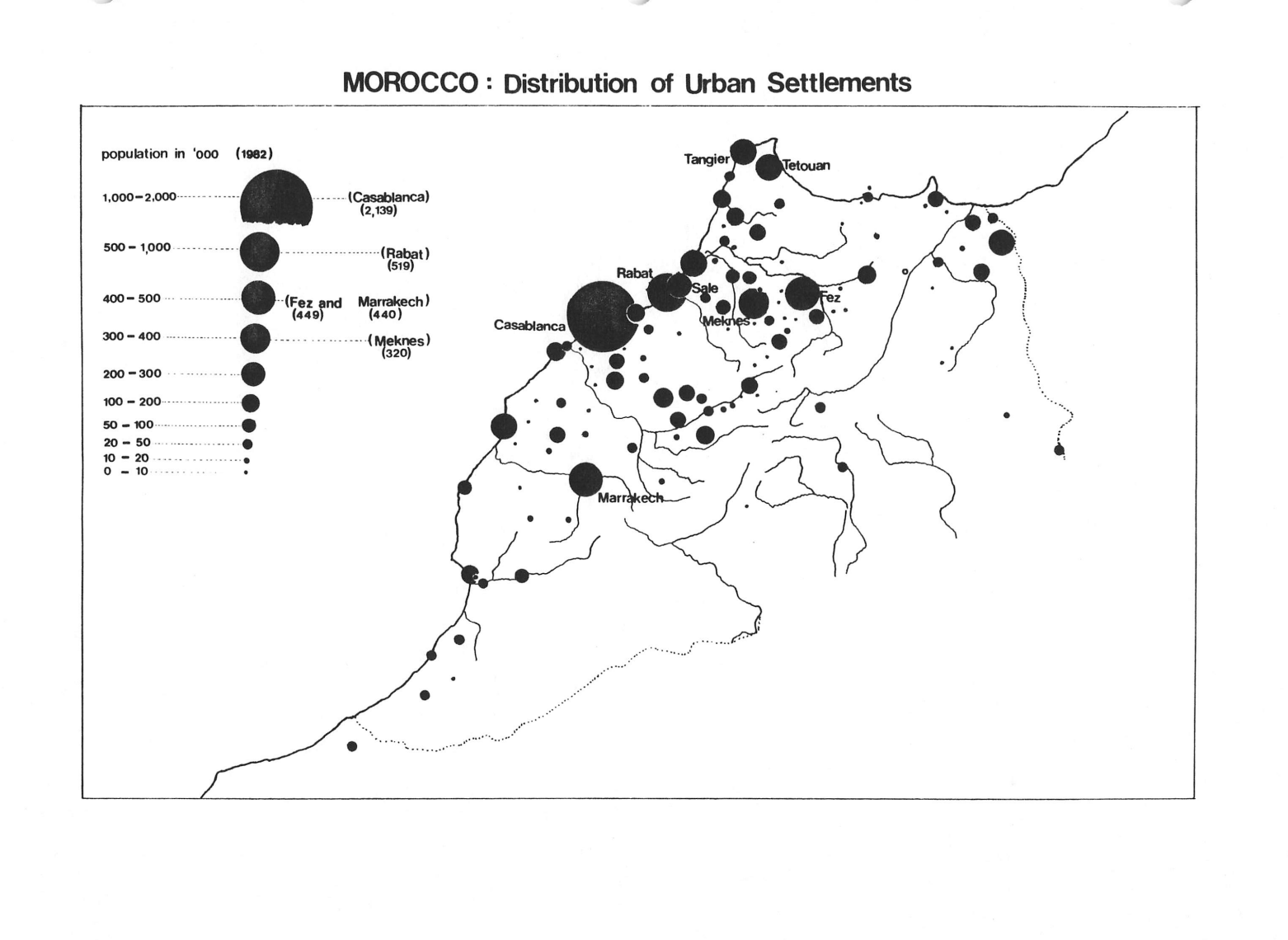Abstract
The Harvard University’s Graduate School of Design (GSD) Design Studio from Spring 1997, “Strategic Planning and Local Development” was led by Mona Serageldin and John Driscoll. The studio focused on strategies for urban and regional development for less developed nations, within the context of a globalized economy with cities being the engines of growth.
Documents include a workshop overview with objectives and schedule, a reserved materials list, and a bibliography.
Excerpt
[Excerpt: Syllabus Introduction, ‘Strategic Planning and Local Development,’ Spring 1997]
“The seminar will examine strategies for urban and regional development within the context of a globalized economy where cities are the engines of growth. Fierce competition, unavoidable interdependence, fast paced technological change, widening income disparities and environmental degradation are creating new challenges that urban development strategies must address.”
“Concepts and methods of strategic planning as a framework for participation, decision making and resource allocation will be examined focusing on the complementary roles of public and private actors in planning, financing and managing urban development activities in different economic, institutional and cultural settings. Case studies will illustrate proactive strategies to promote urban development, regenerate functionally obsolete areas and revitalized marginalized neighborhoods.
The seminar will examine the expanding scope of public/private partnerships and discuss the changing role of public agencies, private investors, NGOs and community based organizations in the rehabilitation of the built environment and the provision of housing and urban services. Case studies will illustrate sustainable initiatives focusing on the structure of the interface between city, community and the local business sector. The case studies will also highlight critical roles for urban planners and designers in leading and nurturing initiatives relying on empowerment.”
See related I2UD projects below
| Project Year: | 1997 |
| Project Type: | Urban Design Studio |
| Geographic Regions: | Cambridge, Massachusetts, USA (Seminar Location) / Cairo Metropolitan Area, Egypt |
| Reports: | 1997 Design Studio: Strategic Planning and Local Development (Syllabus) 1997 Design Studio: Strategic Planning and Local Development (Greater Cairo Region, Case Material) 1997 Design Studio: Strategic Planning and Local Development (Reserved List) 1997 Design Studio: Strategic Planning and Local Development (Bibliography) |
| Authors: | Mona Serageldin; John Driscoll |
| Sponsors: | Aga Khan Program for Islamic Architecture |
| Categories: | Design Studios; Education |
| ID: | 1997_01_001 |
Related I2UD Projects
Related by – Design Studio Seminars, 1981-2003
Design Studio 1981: “Housing Design in Islamic Cultures” in Algeria, Bangladesh, Egypt, Iraq, Pakistan, Saudi Arabia and Indonesia, Seminar Curriculum
Design Studio 1984: “The Revitalization of a Traditional Urban Quarter” for the Medieval Darb al Ahmar District, Cairo, Egypt, Seminar Curriculum
Design Studio 1984: “Design, Technology and Logistics for Large Housing Projects,” in Algeria, India, Iraq, Malaysia, Mali and Singapore, Seminar Curriculum
Design Studio 1987: “Arad New Town,” Land-Fill Development Solutions for Arad New Town, Muharraq Island, Bahrain, Seminar Curriculum
Design Studio 1988: “Urban Infrastructure Planning and Programing in Developing Countries,” Chapters 1-7, Seminar Curriculum
Design Studio 1989: “Rabat’s Urban Fringe,” Urbanization Analysis of Rabat, Morocco – Seminar Curriculum
Design Studio 1990: “The Medina of Tunis,” Urban Regeneration for the Historic Hafsia District, Tunis, Tunisia, Seminar Curriculum
Design Studio 1992: “Cairo and the Medieval City” &”Urban Regeneration in Medieval Cairo,” in Cairo, Egypt, Seminar Curriculum
Design Studio 1993: “Rabat’s Urban Fringe,” Rabat, Morocco, Seminar Curriculum
Design Studio 1994: “A New Urban Center for Adjamé, Abidjan, Ivory Coast,” Seminar Curriculum
Design Studio 1995: “Urban Regeneration and Housing in a Transitional Economy: Lublin, Poland,” Seminar Curriculum
Design Studio 1996: “Strategic Urban Redevelopment in a Transitional Economy in Gdansk, Poland,” Seminar Curriculum
Design Studio 1997: “Strategic Planning and Local Development,” Seminar Curriculum
Design Studio 2003: “Urban Strategies for Economic Recovery: A Revitalization Strategy for New Bedford, Massachusetts,” Seminar Curriculum
Related I2UD Photograph Galleries





